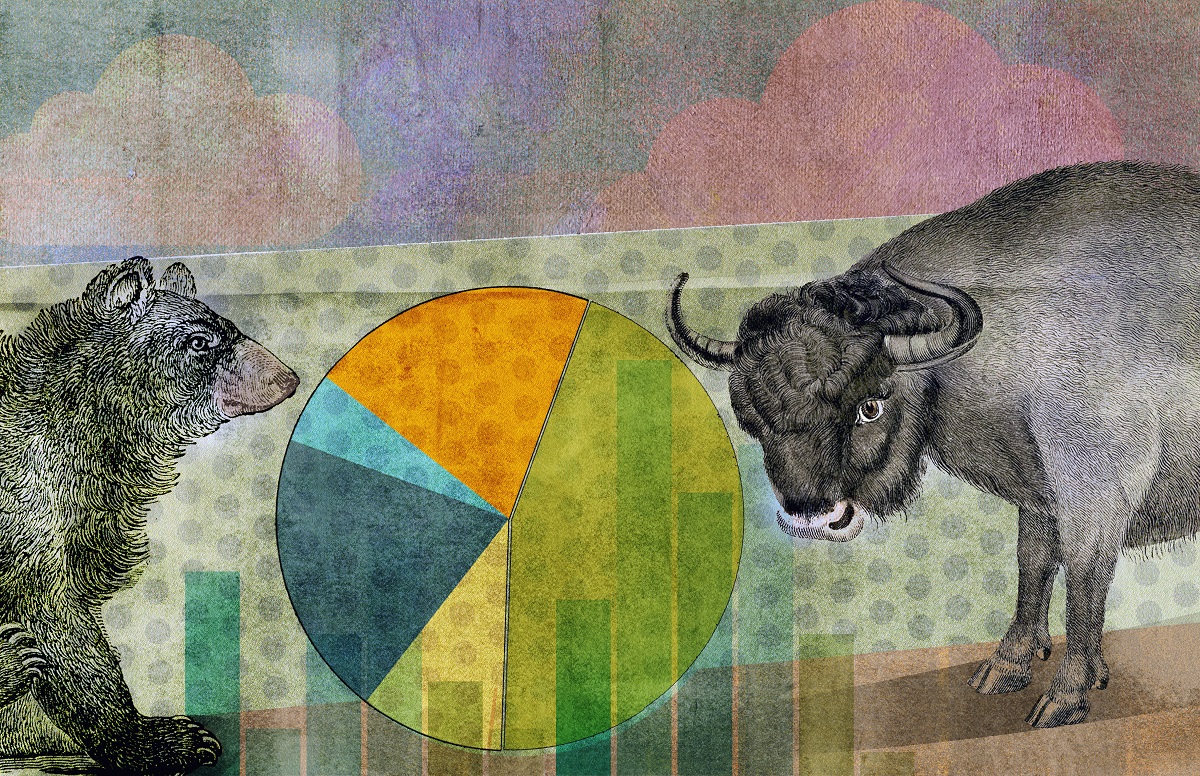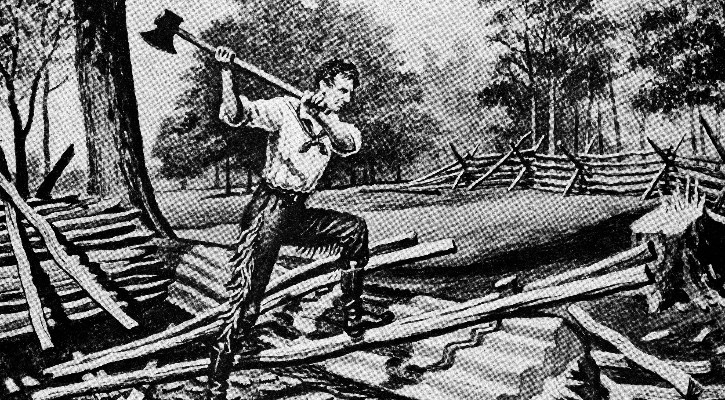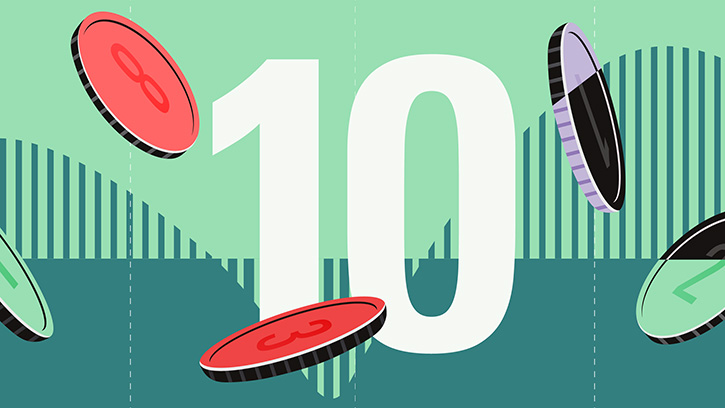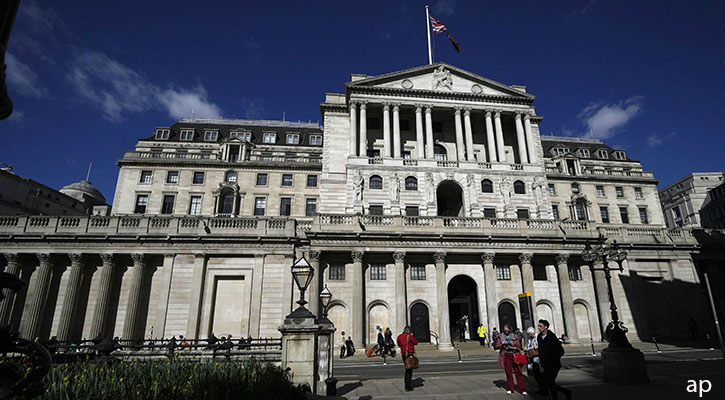Growth versus value
Valuation levels distinguish a growth share from a value share. A growth share has a higher valuation because investors have high expectations of the growth of the co
mpany. A value share has a lower growth expectation and therefore a lower valuation.
When it comes to valuation, the value that investors assign to a company is calculated against the company results. The share price (P) is the value assigned to the company by the market. Assessing company results is a bit more complex. Therefore there are several different valuation measures such as the Price/Cash flow (P/CF), Price/Earnings (P/E) and the Price/Book (P/B) ratios. The P/E ratio takes into account the earnings (analysts often use the amount that the company is expected to earn in the next 12 months). P/CF uses cash flow instead of earnings and the P/B plots the earnings of a company against its book value.
The Morningstar Style Box
A good starting point in judging the style of a fund is the Morningstar Style Box. This box is found on the Morningstar Quicktakes. At one glance the investor can see whether the fund invests in value shares, growth shares or a blend of the two. Morningstar calculates the Style Box using the P/CF and the P/B of a fund’s portfolio. Morningstar uses these measures because they are less affected by occasional company events like a sudden loss, large depreciations and provisions than the P/E. Earnings can be manipulated and therefore difficult to analyse. A thorough explanation of the calculation of the Morningstar Style Box is in the methodology section of the About Us page. The average P/E, P/B and P/CF of a fund’s portfolio are shown on the Portfolio tab on the fund’s Quicktake Report.
Growth shares
A higher share valuation can be caused by many factors. Growth shares include a lot of different companies from different sectors. Technology shares are typical growth shares. The valuation of this sector is high because the future growth of these companies is expected to be significant. These future expectations are already incorporated into the share price.
Pharmaceutical shares are also growth shares. Patents protect drug manufacturers’ earnings for several years after discovery and investors are willing to pay more for this stability.
Value shares
A number of different companies fall into the value definition. So-called fallen angels are companies that are in disgrace after a sudden profit warning or worsening outlook. Cyclical companies can be another example of firms with low valued shares, because of their volatile results. Among value stocks are also found find industrial companies with a respectable and long track record and good but not spectacular future prospects.
Which shares are performing better?
Value and growth shares both have specific advantages. At the end of the 1980s a lot of researchers found that value shares were performing better than growth ones with higher returns and lower risks. However, in the second half of the 1990s growth shares beat value shares convincingly. In the last 12 months, largely as a result of the falling share prices of high growth technology companies, value shares again outperformed growth.
Two lessons can be learned from the past. The first is that periods in which growth funds are performing better are followed by periods of value outperformance and vice versa.
The second lesson is that diversification between value and growth is necessary to avoid unnecessary risks. This leaves unchanged the specific opportunities of both value and growth. Value shares have defensive qualities which means they perform well in uncertain markets. If growth companies do reach their expectations, they are often good investments. But they are also more risky because much of their future earnings is already incorporated into the share price. A setback in results can be the start of a turnaround in the share price.
The Portfolio X-Ray tool in the My Portfolio shows the style spread of a portfolio (value, blend and growth) in addition to the percentage of a portfolio invested in each of the market caps areas (large, mid and small).
The first part of this three part series discussed How to choose between large and small firms and the remaining analysis will investigate the two sides in the actively versus passively managed funds argument.







:quality(80)/cloudfront-us-east-1.images.arcpublishing.com/morningstar/DSZYYKGIYFHBRCV5ODLKEA4PWU.jpg)




















